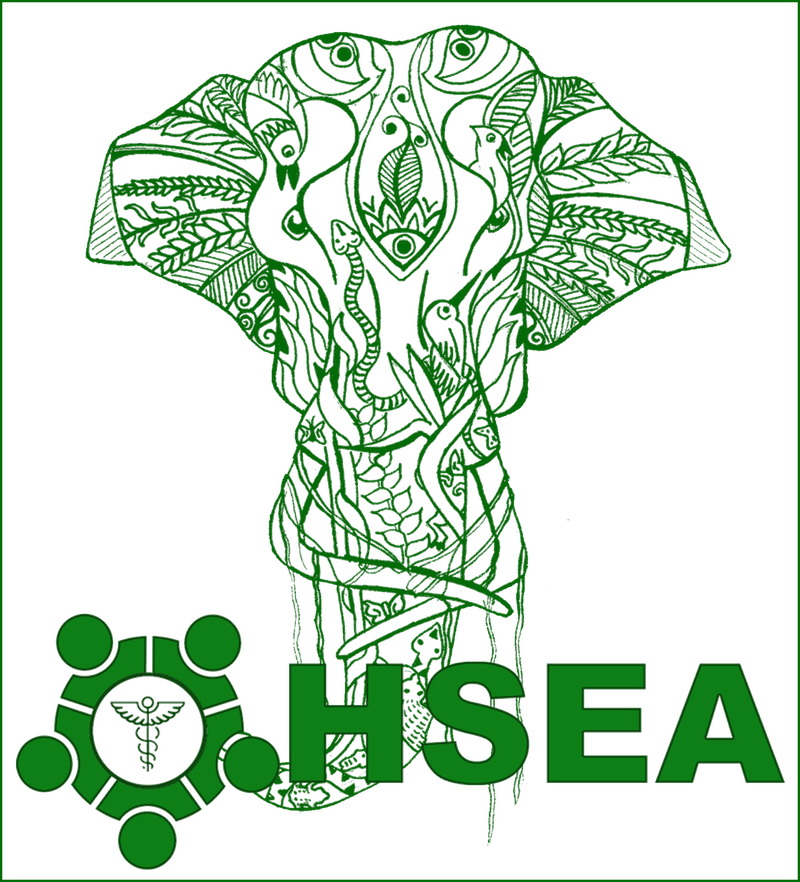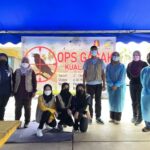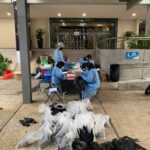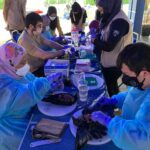Roach of the sky and ground: Impact of pest animals on urban communities
PITCH
INTRODUCTION TO THE PROJECT
Malaysia has undergone rapid urbanization amidst the shift from agricultural to an industrial based economy, which has resulted in the expansion of interaction and close contact between humans and some animal species. This lead to an increasing number of emerging infectious diseases ; two-thirds of these being zoonotic diseases that have spilled over into human populations from animals, especially synanthropic animals such as rodents and crows.
– For rodents : it includes plague, which is the most well-known rodent-associated illness and other diseases, either by direct or indirect rodent contact leading to symptoms such as the hantavirus pulmonary syndrome, leptospirosis and the gastrointestinal disease, cryptosporidiosis.
– For crows : the data is still very limited.
Objective : Provide crucial data to bridge gaps in our knowledge and thereby enable a platform for improving the rate of the animal infestation and to prevent zoonotic diseases. The study results also provides policy relevant findings that helps to design a more effective surveillance, screening, and biomonitoring systems and the implementation of health programs designed to improve the community’s well-being.
PROJECT IN ACTION
Task 1: Synanthropic animal sampling and screening activities
– To determine the factors impacting rodents and crows’ infestations in the urban city.
– To determine the prevalence of selected zoonotic pathogens from rodents and crows in the urban city.
– To identify zoonotic disease transmission risk in urban communities.
Task 2 : A survey questionnaire to observe their knowledge, attitude and practices towards rodents and crows, the potential of zoonotic diseases and more widely, regarding One Health
Task 3 : Information gathered was analysed statistically and form the baseline for the framework of an action plan through reviewing current policies and programs governing to the communities.
NEXT STEPS
- Following this research project, a workshop will be organised in 2023.
- Furthermore, programs conducted will be made available and implemented of a module at a wider scale in the future.
ROAR ON THE WEB
XXXX
CONTACT
Project leader : Sazaly ABU BAKAR (sazaly@um.edu.my)
Associated researchers :
Serge MORAND (serge.morand@umontpellier.fr)
Kittipong CHAISIRI (kittipong.chaisiri@gmail.com)
Wayan SUANA (wynsuana@unram.ac.id)
Professor Upik Kesumawati Hadi (upikke@apps.ipb.ac.id)
Countries involved : Malaysia, Thailand and Indonesia























